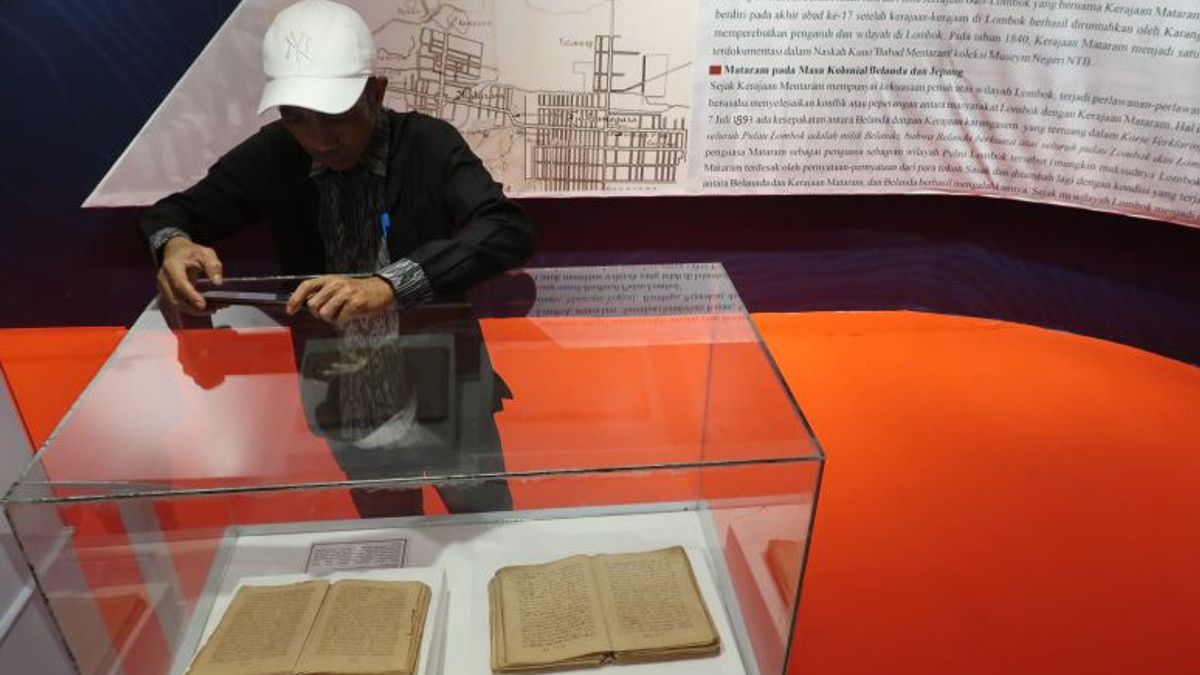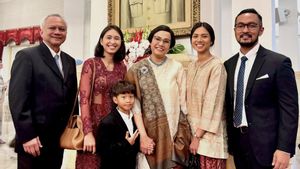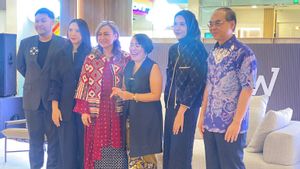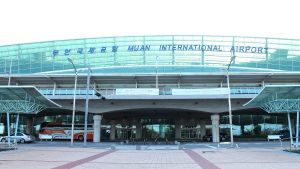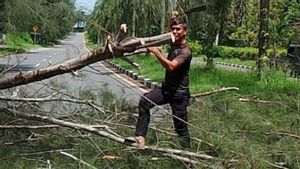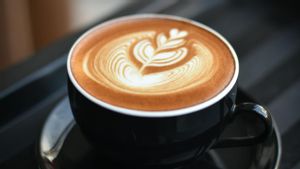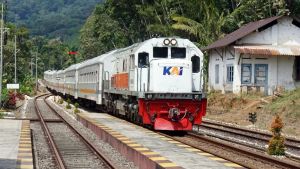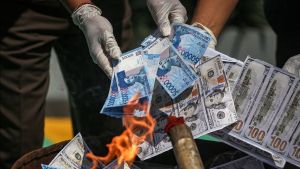JAKARTA - The National Research and Innovation Agency (BRIN) researched ancient manuscripts collected by the State Museum of West Nusa Tenggara (NTB) through the Research and Innovation Project for Advanced Indonesia (RIIM).
"Our goal in the research is that we must carry out metadata on the manuscript," said Head of the BRIN Archaeological, Language and Literature Research Organization Rakhmad Idris in a statement quoted in Mataram, Saturday, October 26, 2024.
Rakhmad said that the metadata would later be published into a catalog of scripts as a form of effort to digitize ancient manuscripts.
BRIN collaborated with academics from the Mataram State Islamic University (UIN) and the Islamic Institute of Religion Hamzanwadi NW Pancor in a research project entitled "Exploration and Expedition of fire in West Nusa Tenggara as a Source of Local History and Culture".
Rakhmad hopes that the research can produce NTB manuscript metadata and can be published into the form of a journal.
"Digitalization of the manuscript as a function of preservation and education to the public," he said.
SEE ALSO:
Digitization of the manuscript is one of the efforts to preserve culture and care for the information contained in the ancient manuscript. The condition of the old manuscript is very vulnerable to damage, so it needs to be digitized so that future generations can get to know the legacy of their ancestors.
Head of the NTB Museum Ahmad Nuralam appreciated the central government's efforts to research and create manuscript metadata stored in the NTB Museum.
According to him, the research conducted by BRIN is related to the NTB Museum's strategic plan, which is a research and research-based museum. "Through this strategy, we hope to make a real contribution to the preservation of culture in NTB based on scientific publications," said Nuralam.
The NTB Museum stores 1,275 manuscripts consisting of 400 titles. The majority of ancient script material to more than 90 percent of the total collection is made of lightning material. The NTB Museum has made various efforts to preserve the collection of manuscripts, namely identifying manuscripts and changing languages and scripting transfers, as well as digitizing.
Then the museum conducted a study of these ancient manuscripts so that the messages contained in them could reach and be understood by the current generation.
Nuralam hopes that the manuscript researched by BRIN can be published in the form of books and provides digital access for the public who are interested in studying the script further.
The English, Chinese, Japanese, Arabic, and French versions are automatically generated by the AI. So there may still be inaccuracies in translating, please always see Indonesian as our main language. (system supported by DigitalSiber.id)
